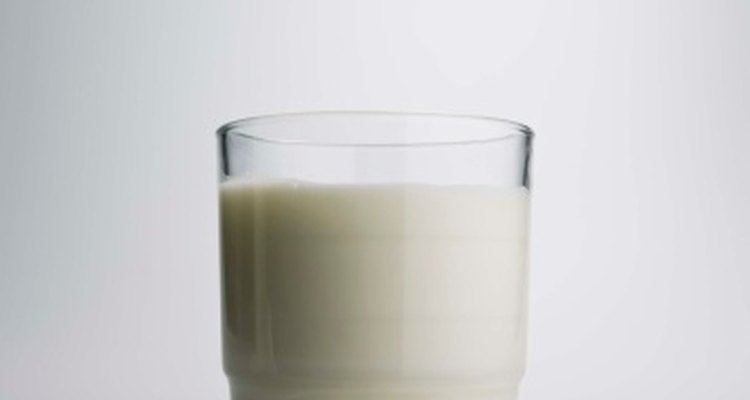
Frothed milk is a common ingredient in lattes and other hot drinks, adding texture and a pleasant visual variety to the beverage. While there are specific devices designed for frothing milk, you may use a hand blender to accomplish the same purpose. A hand blender is known as a stick blender or an immersion blender. Use it to give your homemade beverages a splash of frothed milk.
Pour 2 cups of milk into a pot.
Set the pot on the stove and heat it over medium until the milk is hot but not boiling. Ideally, there is a fine steam coming from the heated milk.
Pour the milk into a bowl with tall sides. Hand blenders often come with tall bowls to mitigate splashing, but any tall bowl will do.
Insert the blades of the stick blender completely into the milk.
Start the blender, moving it slowly and down in the milk. Do not bring the blades up to the surface of the milk, as this causes splashing.
Watch the surface of the milk. After about 1 minute a milk froth develops.
Scoop the froth up with a spoon and place it in your beverage.
Related Articles
How to Scald Milk for Cooking

How to Cook Elbow Macaroni in Milk

What Happens if You Whip Condensed Milk?
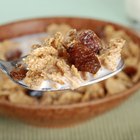
Calories in a Bowl of Raisin Bran Cereal
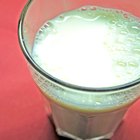
How to Make a Cinnamon Milk Face Mask

What Is the Difference Between Frothed ...

Chai Tea Frappuccino Calories

Can You Drink Milk That Expires the ...
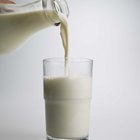
How to Dissolve Non-Instant Milk Powder
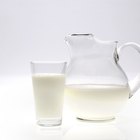
How to Make Milk Powder Non-Instant
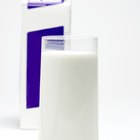
Cold Milk for Weight Loss
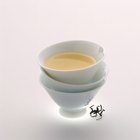
How to Make Gelatin Dessert With Milk

How to Froth Milk With the Magic Bullet
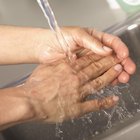
Soaking Dry & Chapped Hands in Milk

How Many Calories Are in Rice Pudding?

How to Separate Curds From Whey
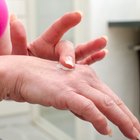
Can Putting Milk on Your Skin Get Rid ...

How to Cook Farina in Milk

Why Does Milk Curdle When Baking a ...

How to Make Frosting Using All-Purpose ...
References
Photo Credits
Jupiterimages/Comstock/Getty Images